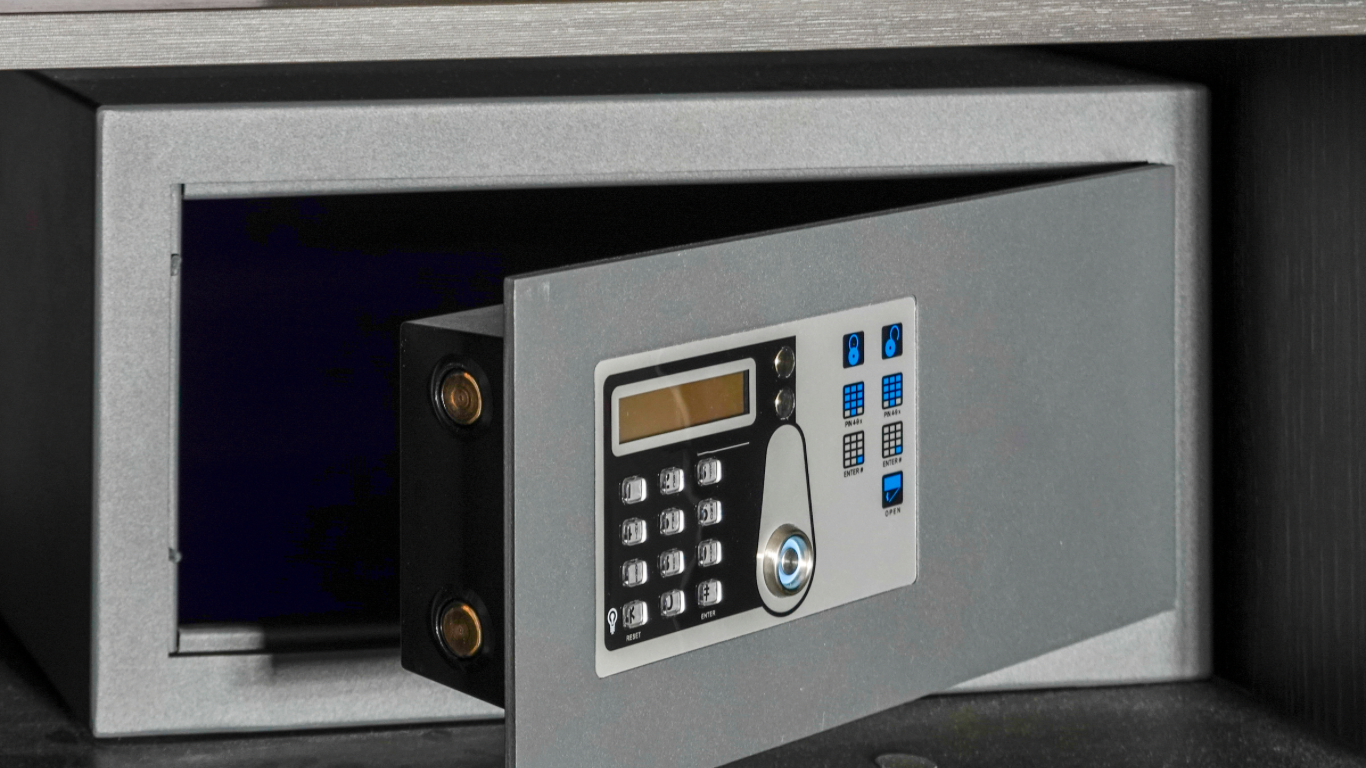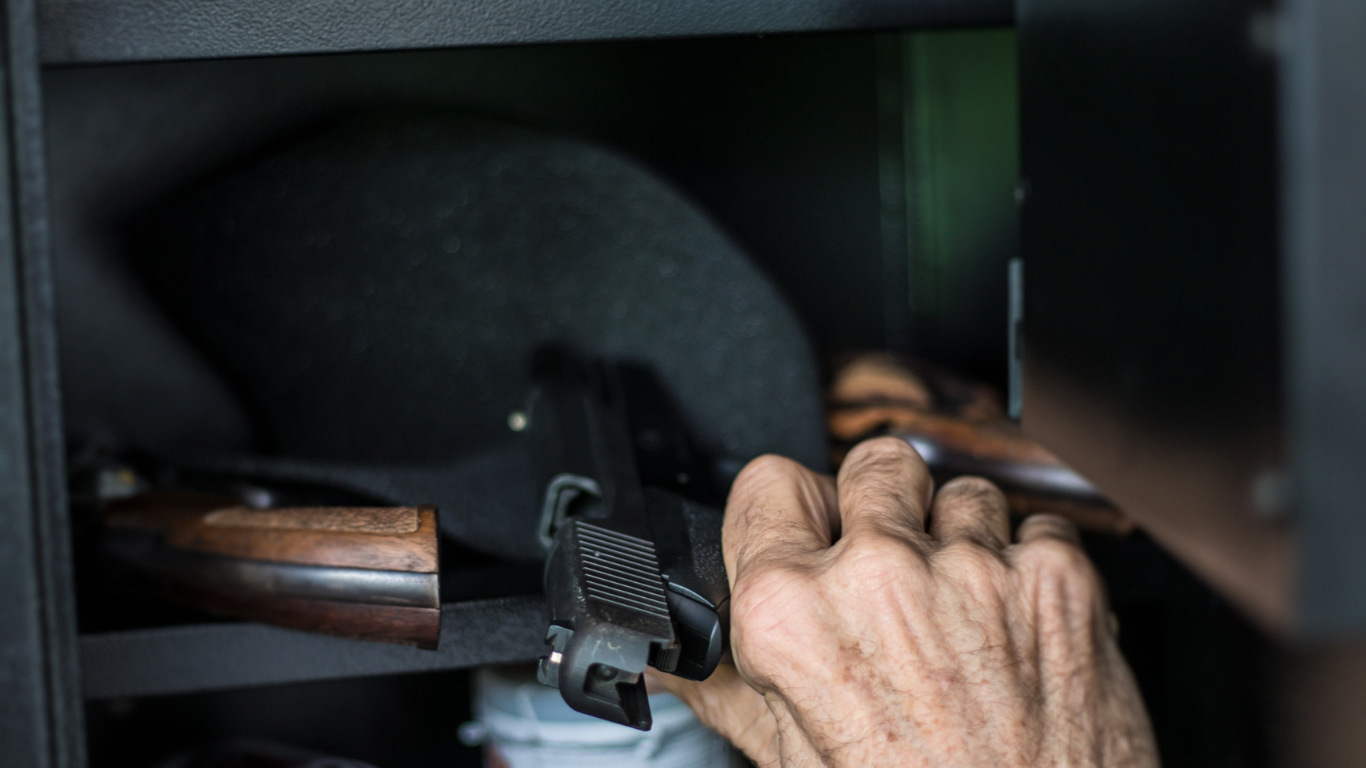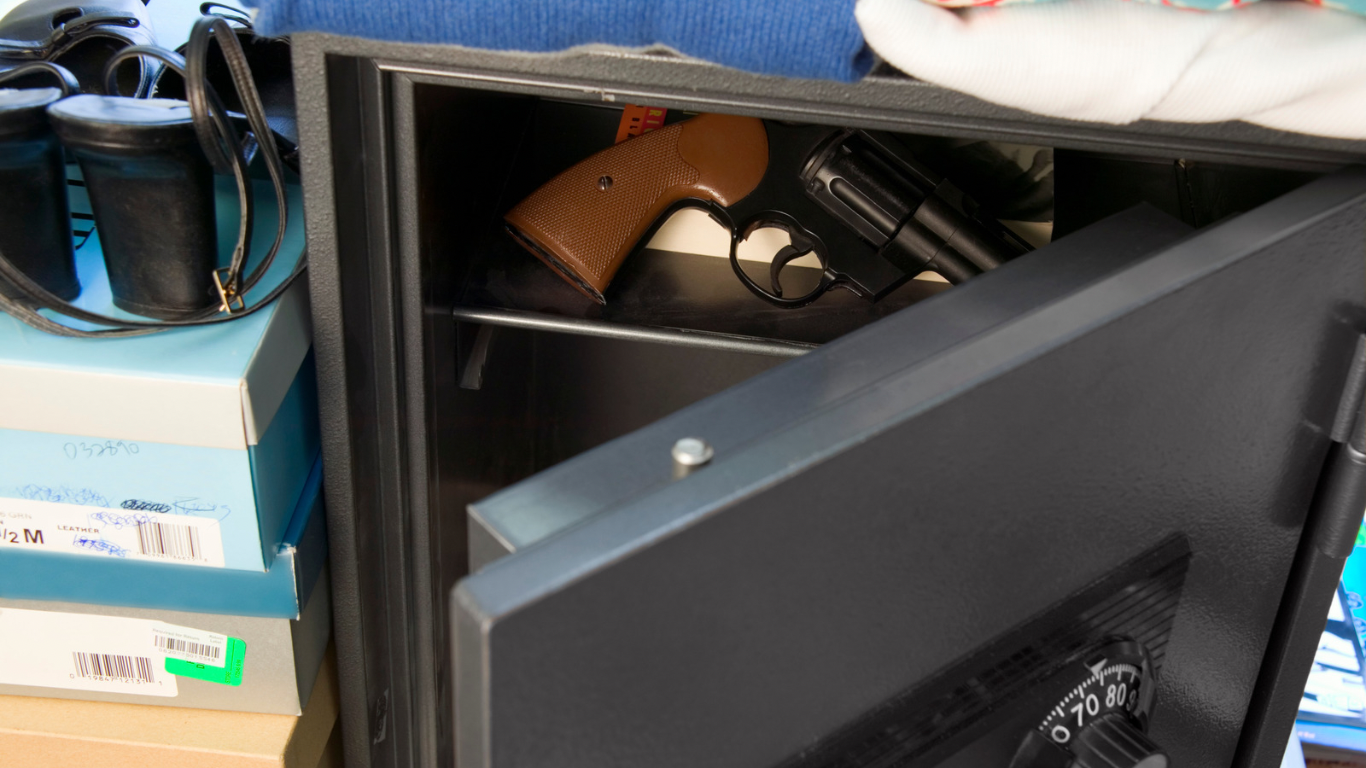Firearms have played a significant role in our society for centuries. Some individuals utilize them for hunting, while others rely on them for self-defense. While they can provide a sense of security and protection, it is crucial to handle them with utmost care and responsibility. Understanding the key elements of gun safety is essential to ensure both safe and effective use.
In this blog post, we will delve into the primary factors to consider when it comes to gun safety. We will explore the different types of firearms, the fundamental rules of gun handling, the significance of proper storage, the importance of regular maintenance, and how to handle firearms in emergencies. By internalizing these key elements, you can confidently and responsibly employ firearms for their intended purposes.
Types of Firearms
Numerous types of firearms exist, with the most common being pistols, revolvers, shotguns, and rifles. Each type possesses unique safety features and requires different handling techniques. If you lack familiarity with firearms, it is crucial to conduct thorough research and understand how to handle each type safely.
Rules of Gun Handling
The rules of gun handling may vary depending on the circumstance, but certain fundamental principles apply to all individuals who handle firearms. Always assume every firearm is loaded, never aim a firearm at anything you do not intend to shoot, keep your finger away from the trigger until ready to shoot, and be aware of your target and what lies beyond it. Adhering to these basic guidelines is crucial for preventing accidents and ensuring safe gun handling.
Importance of Proper Storage
Proper storage of firearms is of utmost importance. When firearms are not in use, they should be securely stored in a gun safe. Additionally, ammunition should be stored separately and kept in a secure location. Safeguarding firearms from unauthorized individuals, particularly children, is of paramount importance.
Proper Maintenance
Regular maintenance is vital to ensure the safe and effective use of firearms. After each use or at least every six months, firearms should be cleaned. It is essential to follow the manufacturer’s instructions when cleaning firearms and store them in a dry environment, away from moisture.
How to Handle a Firearm in Emergency Situations
Knowing how to handle firearms safely in emergencies is crucial. If you find yourself in a self-defense scenario where you need to use your firearm, it is imperative to have received proper safety training. Regular drills should be practiced to ensure readiness in handling firearms during emergencies. Always be aware of your surroundings and resort to using your firearm only as a last resort.
Conclusion
In conclusion, prioritizing firearm safety is paramount to ensure the well-being of yourself and those around you. By comprehending different types of firearms, adhering to the rules of gun handling, emphasizing proper storage and maintenance, and knowing how to handle firearms during emergencies, you can confidently and responsibly utilize firearms. If you are new to firearms, consider enrolling in a safety course and seeking guidance from professionals to ensure proper handling. Remember, firearm ownership entails significant responsibility, and you must prioritize safe usage.






